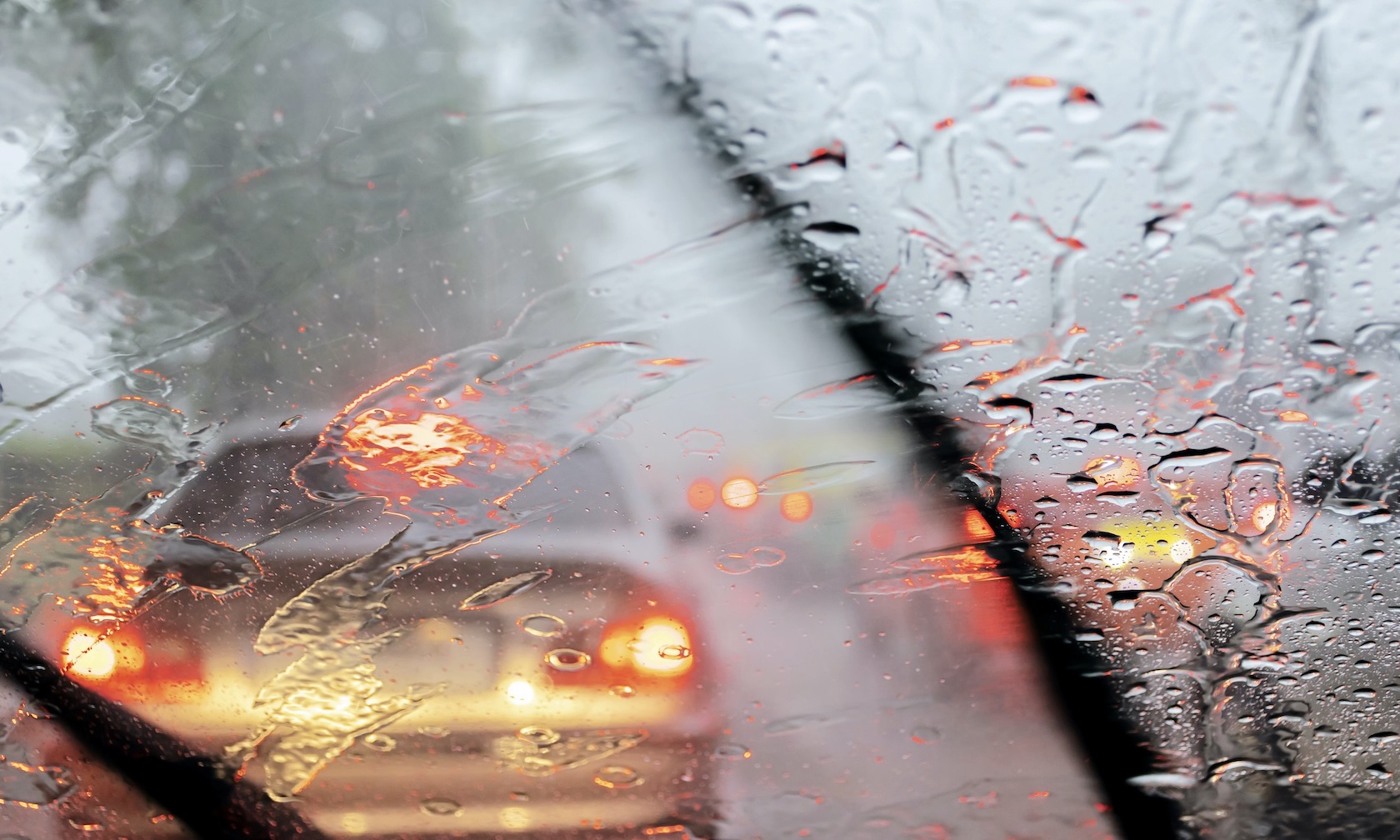As the rainy season sneaks upon us, the increasing incidents of auto accidents resulting in serious personal injury are inevitable. As a personal injury lawyer I have seen the tragic results of injuries and wrongful deaths too often. So many of these tragedies could have been prevented if drivers were would adjust their driving during rainy conditions.
First there is the issue of visibility. Rain on your windshield reduces your view of the road ahead. It also compromises your peripheral vision as you do your best to see what is directly ahead.
Hydroplaning on a wet road can be a terrifying experience. You suddenly find your car sliding and skidding back and forth in and out of your lane. Even with the latest improvements in vehicle controls, this can happen to anyone at any time during a light or heavy storm.
Rule #1: According to safety experts, the first thing you must remember is not to do anything much with your brakes or steering wheel.While your car is hydroplaning it is important that any steering adjustments should be gentle and minor. Any abrupt changes in you steer can cause a secondary slide or spinout. This is especially important if you have a rear-wheel powered vehicle.
Rule #2: Slowly pull your foot from the accelerator peddle. This allows your car to slowly settle back down onto the road, pushing through the thin layer of water so that your tires finally get a grip back on the asphalt.
Rule #3: Whenever it rains make sure you allow for additional distance between you and the cars both head and behind. Don't play games - if someone is tailgating, carefully get out of their way, changing to a slower lane if necessary.
Rule #4: Never hit your breaks hard in wet weather. This can result in a uncontrollable spin. Worse, once the car slows down from the spin, if your foot is still on the accelerator your car can shoot forward in whatever direction it is pointing. This is another reason to slowly remove your foot from the gas if your car is sliding around a rainy highway.
Rule #5: Make sure your tires are in good condition. Never let the tread depth fall below 1/6th-inch. Lack of tread depth is bad enough on dry highways. They are asking for trouble on a rainy road.
This winter season take the extra time to be extra careful when driving in rainy and stormy conditions. This will avoid personal injury to yourself, your family, friends and other drivers sharing our highways.

